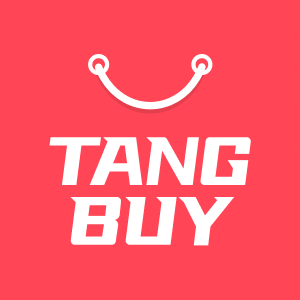Why Suppliers Don't Reply to My Emails and How to Fix It

You send an email to suppliers and wait for a suppliers reply, but nothing comes back. The support email black hole eats your message. You start to wonder if suppliers even read your email. Sometimes, suppliers only reply when you give clear details or show you mean business. If your support request looks messy or unfinished, suppliers might not answer. Suppliers often get too many support questions at once. This black hole can feel like it never ends, but you can fix it.
Key Takeaways

Suppliers often do not answer emails missing clear details like order numbers, product codes, or contact info.
Make your emails short, clear, and polite to get faster and better replies from suppliers.
Follow up politely a few times and try other ways to contact them, like phone or LinkedIn, if needed.
Send emails during the supplier’s work hours and do not send them on weekends or holidays to get a better chance of a reply.
Show you are a serious buyer by being honest, clear about what you need, and using a professional tone.
Why Suppliers Don’t Reply

You may ask why suppliers do not answer your emails. This happens a lot, especially with chinese suppliers or big companies. Let’s look at the main reasons your email goes missing.
Missing Details
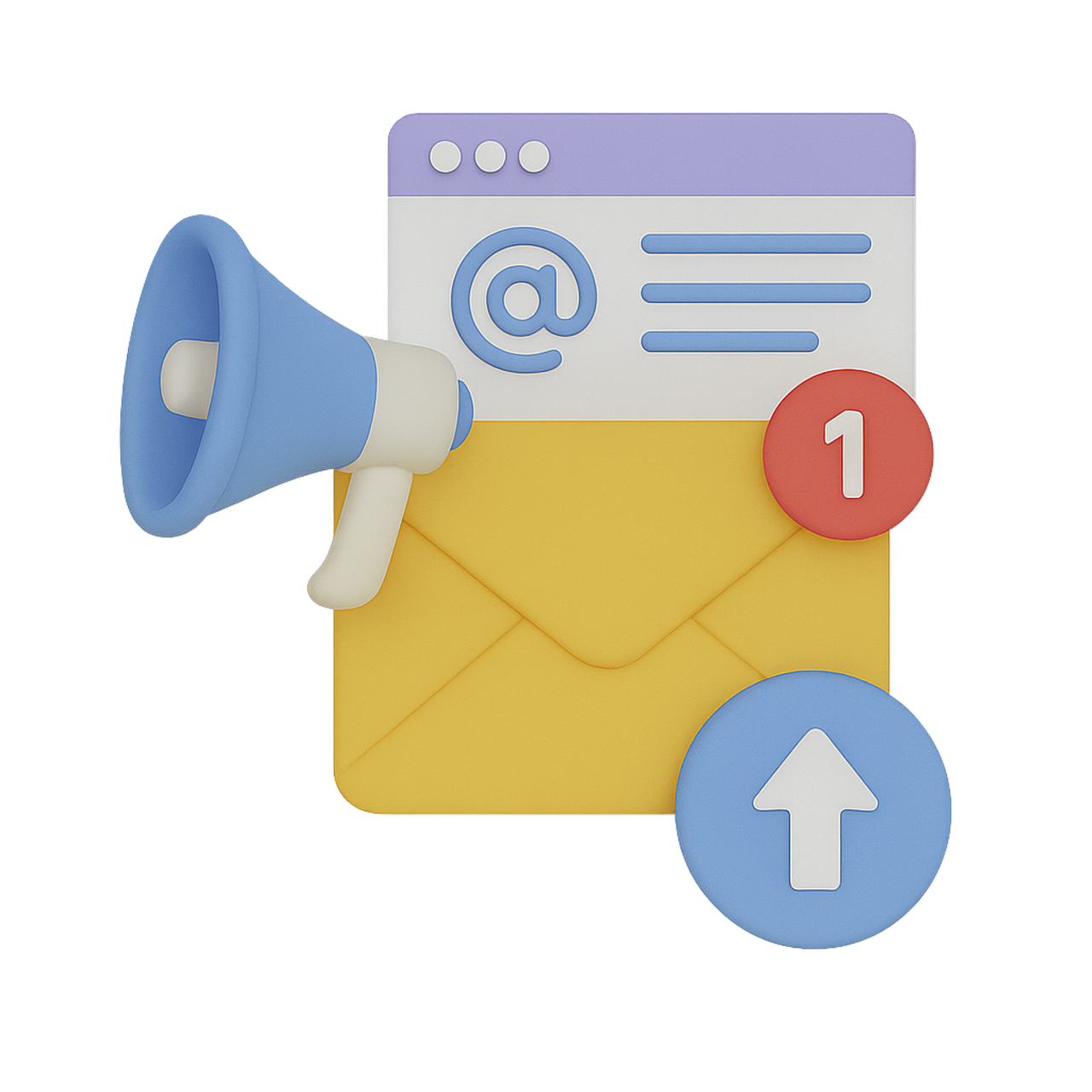
Suppliers need clear facts to help you. If you forget important things, they reply less. Here are some things that cause trouble:
You do not add order numbers or product codes.
You forget your company name or contact details.
You do not explain your problem well.
If you miss these things, suppliers may not know what to do. This can make them not answer you.
Vague or Long Emails
If your email is too long or not clear, suppliers lose interest. Studies show short, clear emails get more replies. For example, emails with short sentences get the most answers. Long or confusing emails make it hard for suppliers to help you. If you do not say what you want, they may ignore your email.
Low Order or Not Profitable
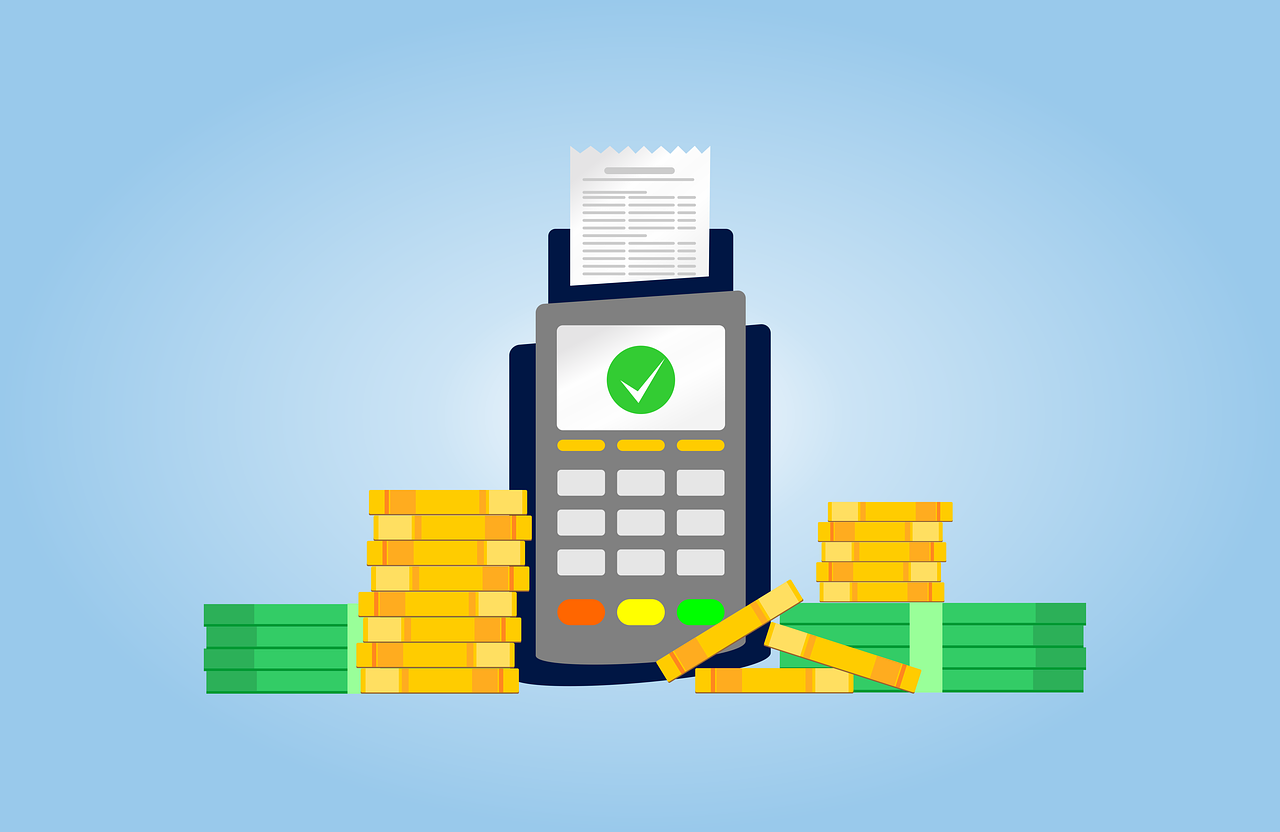
Suppliers care more about big, profitable orders. If your order is small, some suppliers may not think it is worth their time. Research shows small orders get less attention and fewer replies. Suppliers like buyers who bring more business.
Timing and Time Zones
If you send your email during the supplier’s work hours, you get more replies. For example, sending emails in the morning or at lunch helps. Using tools to send emails at the right time can help by 20%.
If you send emails late at night or on weekends, they may get lost.
High Email Volume
Suppliers get many emails every day. Since Covid-19, they get even more emails. Your email can get lost in a busy inbox. More emails also mean more filters, so your message may not reach the right person.
Outdated Contacts or Technical Issues
Sometimes, you email the wrong person or use an old address. This is a big reason for no reply. Tech problems, like spam filters or full inboxes, can also stop your email from reaching suppliers.
Tip: Always check the supplier’s contact details before you send your email.
These are the main reasons suppliers do not reply. Knowing these problems helps you avoid the email black hole and get better replies.
Write Effective Emails

Writing a good email can make all the difference when you want a suppliers reply. If you want to boost your response rate, you need to focus on how you write and what you include. Let’s break down the steps to help you get more support and better results from suppliers.
Clear Subject and Details
The subject line is the first thing suppliers see. If it’s not clear, your email might get ignored. You want your subject to stand out and show what your message is about. Many people decide to open or delete emails just by reading the subject line. In fact, 64% of people make this choice based on the subject alone, and 33% open emails if the subject is catchy.
Here are some ways to write a strong subject line:
Use action words like “Request,” “Order,” or “Question.”
Add details, such as product codes or order numbers.
Make it personal by using the supplier’s name or your company name.
Keep it short and direct.
For example, you could write: “Order #12345 – Request for Shipping Update” or “Question About Product Availability – [Your Company Name].”
When you provide enough details in your subject and message, you help suppliers know exactly what you need. This makes it easier for them to give you a fast response.
Professional Tone and Format
Suppliers notice when you use a professional tone. If your email sounds rushed or too casual, you may not get the support you want. Keeping your message polite and clear shows respect and helps build trust. Research shows that a professional tone, especially in follow-up emails, can boost your response rate by up to 50%. You should always greet the supplier, use simple language, and close with a thank you.
A well-structured email is easier to read. Use short paragraphs, bullet points, and clear questions. This helps suppliers find the important information quickly. When you format your email well, you show that you care about their time and want real solutions.
Attachments and Contact Info
Sometimes, you need to send files or pictures to explain your problem. Always mention any attachments in your email so suppliers know to look for them. Make sure your files are easy to open and not too large.
At the end of your email, add your contact details. This makes it simple for suppliers to reach you if they need more information. You can include your name, company, phone number, and any other way they can contact you.
Tip: Double-check that your contact info is correct before you hit send. This small step can help you avoid missed replies.
Good vs. Bad Email Example
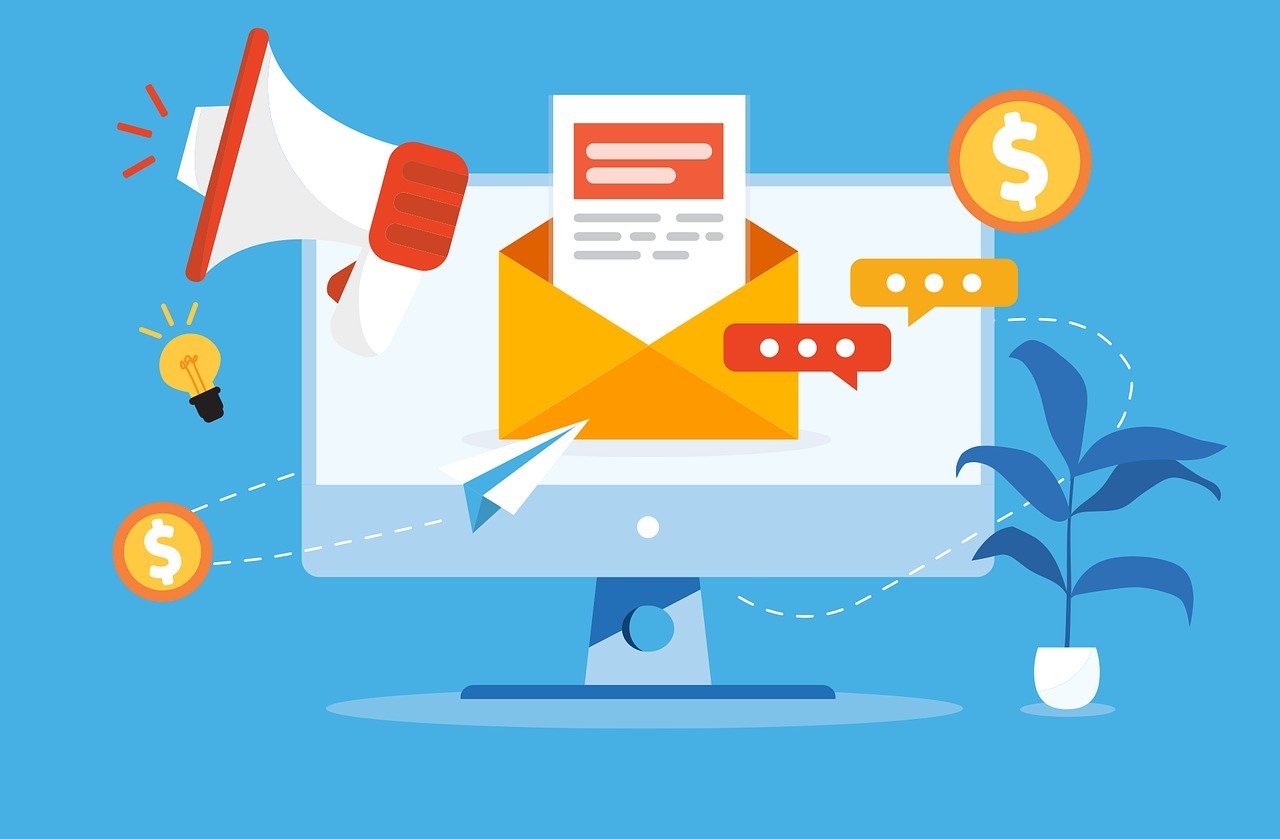
Let’s look at two examples to see the difference between a well-structured email and a poorly formatted email.
Good Email Example | Bad Email Example |
|---|---|
Subject: Order #56789 – Request for Delivery Update | Subject: Order |
The good email uses a clear subject, lists details, and asks a specific question. It is polite and easy to read. The bad email is vague, has no details, and does not show respect for the supplier’s time. Suppliers are much more likely to reply to the first one.
A well-structured email helps suppliers reply faster. It also shows you are serious about your request. When you use a clear format, you make it easier for suppliers to give you the support and solutions you need.
Remember: A good initial email sets the tone for your whole relationship with suppliers. Take a few extra minutes to write it well, and you will see a higher response rate.
Boost Your Response Rate
Getting a high response rate from suppliers can feel tricky, but you have more control than you think. If you want suppliers to reply, you need to follow up the right way, try new channels, pay attention to timing, and know when to move on. Let’s break down each step so you can improve response rates and get the support you need.
Follow Up the Right Way
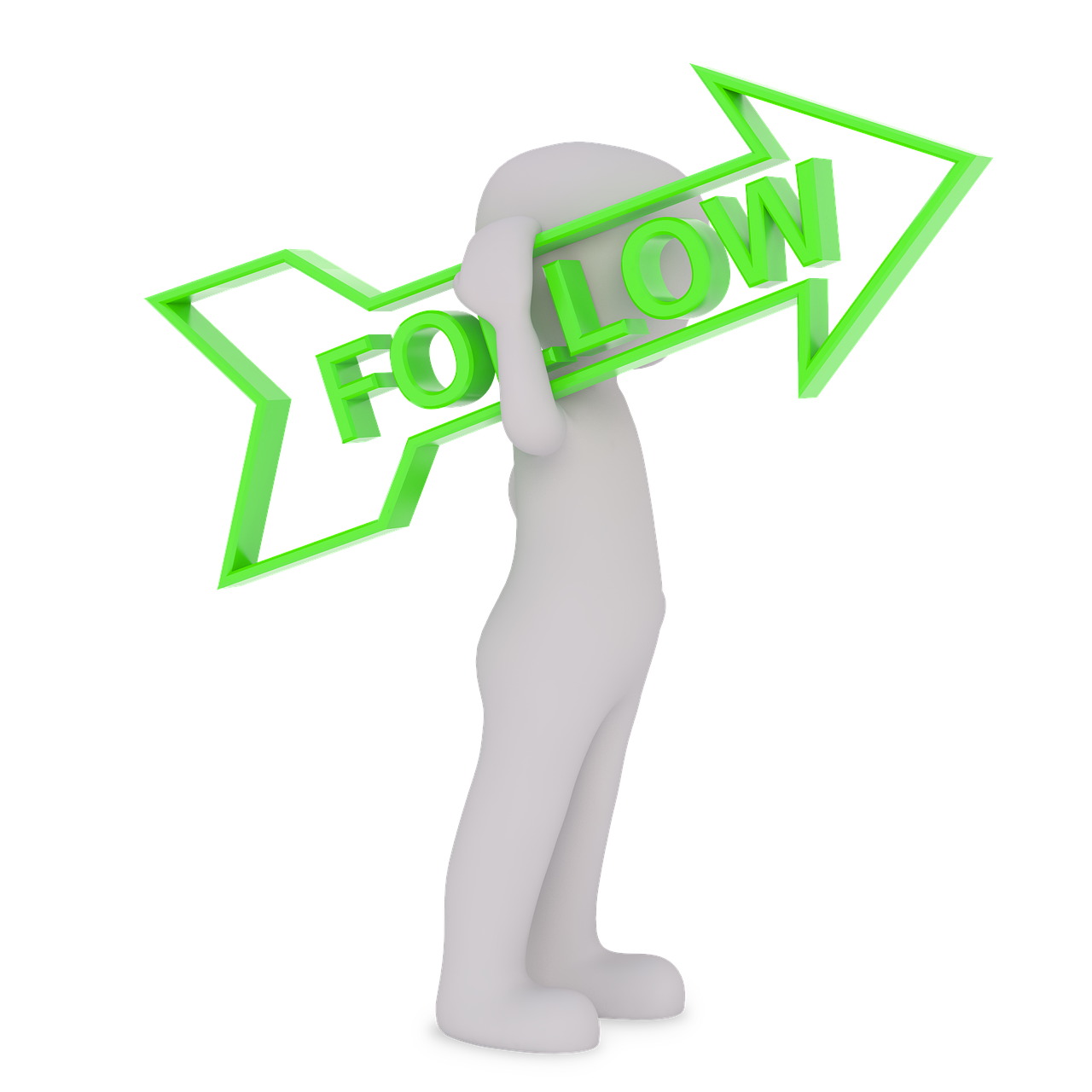
You might feel awkward sending a follow-up, but most suppliers expect it. Many sales and support teams say that 80% of deals need at least five follow-ups before you get a reply. If you follow up within an hour, you are 60 times more likely to get a response. That’s a huge jump!
Here’s a table to show how follow-up strategies can boost your response rate:
Strategy | Result |
|---|---|
5+ follow-ups | 80% of sales need this many to close |
Fast follow-up (within 1 hr) | 60x more likely to qualify a lead |
Timely reply (within 24 hrs) | 25% reply rate |
Structured cadence | 6–8 follow-ups work best; too many can annoy suppliers |
Professional approach | 181% more sales opportunities with a strategic follow-up plan |
Personalized content | Higher engagement and better relationships |
You should plan your follow-ups. Try sending 4-7 emails, spaced out over a few days. Personalize each message. Use the supplier’s name and mention your last conversation. Don’t just repeat yourself—add value. You can share a quick update, ask a new question, or offer a solution. If you use tools to track open rates, you can see what works best.
Tip: Stay polite and professional in every follow-up. You want to show you care about support, not just chase answers.
Switch Channels if Needed
Sometimes, email just doesn’t work. If you don’t get a reply after a few tries, it’s time to switch things up. You can try calling, sending a message on LinkedIn, or even using SMS. Many companies have found that changing the way they reach out can make a big difference. For example, one company resent emails with a better subject line and saw open rates jump from 20% to 29%. SMS can be even faster—90% of texts get read in just three minutes!
Here are some ways to reach out beyond email:
Make a quick phone call for direct contact.
Send a LinkedIn message to the supplier’s business profile.
Try SMS for urgent support needs.
Use company chat tools if you have access.
Switching channels shows you are serious and helps you reach the right person. Sometimes, contacting the right people through direct contact is all it takes to get a high response rate.
Consider Time Zones and Holidays
You might send a perfect email, but if it lands at the wrong time, it can get lost. Suppliers work in different time zones, and holidays can slow things down. Studies show that emails sent between 9 AM and 3 PM local time get the best response. Tuesdays, Wednesdays, and Thursdays work best. Weekends and late nights? Not so much—response rates can drop by 45%!
Here’s what you can do:
Schedule your emails to arrive mid-morning in the supplier’s time zone.
Avoid sending messages on weekends or during major holidays.
Use tools like Boomerang or HubSpot to automate your timing.
Watch your open and reply rates to spot trends.
Note: If you notice a drop in replies, check if there’s a holiday or busy season in the supplier’s country.
When to Move On
You’ve sent several emails, tried calling, and even reached out on LinkedIn. Still no reply? Sometimes, you need to move on. Most experts say that after 4-5 unanswered emails, it’s okay to stop. You don’t want to waste time or seem pushy.
Here’s a quick checklist to help you decide:
Have you sent at least four follow-ups?
Did you try more than one channel for direct contact?
Did you personalize your messages and offer support or solutions?
Did you check for holidays or time zone issues?
If you answered yes to all, it’s time to look for new suppliers. Focus on those who value your business and give you a high response rate. Remember, not every supplier will be the right fit, but your effort will pay off with better support and stronger partnerships.
Show You’re a Serious Buyer

Build Trust and Credibility
If you want suppliers to take you seriously, you must show you are honest. Suppliers like buyers who keep their information correct and up to date. Many companies see that only a few buyer profiles have the right job titles or locations. When your profile is accurate, suppliers can contact you more easily. This helps you avoid bad customer service and makes your connection better.
You can build trust by being open and clear in your messages. Share updates as things happen and always tell the truth. Some big brands, like Unilever, use honesty to show they care about partners. You can also show you are trustworthy by sharing awards or certificates. If you have good reviews or stories from other buyers, mention them. These steps help you stand out from other buyers, even those working with chinese suppliers.
Be Clear About Your Needs
Suppliers need to know what you want. If your email is not clear, you may not get the help you need. When you explain your goals, suppliers know how to help you. For example, if you want faster shipping or better quality, say it. This makes it easier for suppliers to meet your needs and fix problems early.
Try making a checklist before you email suppliers. Write your main goals, like price, delivery time, or product features. Share these with suppliers so everyone knows what to expect. When you do this, you build stronger partnerships and get better customer service.
Professional Customer Service Approach
Treat suppliers the way you want to be treated. Use a friendly tone in every email and always thank them for their help. Companies like Walmart have seen big changes by giving suppliers feedback and training. They use technology to watch supplier performance and keep everyone informed.
You can do the same by setting up regular check-ins and sharing feedback. If you see a problem, talk about it early. This helps you avoid bigger issues and keeps your customer support strong. When you act professionally, suppliers see you as a good partner, not just another buyer. This leads to better service, more trust, and long-term success.
You will get more replies from suppliers if you keep your emails simple and clear. Make a checklist before you send your message. Add the supplier’s name and use short, easy details. Always be polite and show good customer service. Look at this table to see what works best:
Strategy | Impact |
|---|---|
Personalization | 6x higher transaction rates, 88% reply rate |
Segmentation | 78% say it works best, 760% more revenue possible |
Automation | 41% open rates, 13% click rates |
Be patient and keep your emails professional. You will get better results.
FAQ
What should I do if a supplier never replies?
You can try following up a few times. If you still get no answer, switch to another contact method like a phone call or LinkedIn. Sometimes, it’s best to look for a new supplier.
How long should I wait for a supplier to reply?
Most suppliers reply within 24 to 48 hours. If you don’t hear back after two days, send a polite follow-up. Some suppliers may take longer during holidays or busy times.
Can I use WhatsApp or WeChat to contact suppliers?
Yes! Many suppliers prefer quick chat apps like WhatsApp or WeChat. These apps help you get faster answers and build a better relationship. Just ask your supplier if they use these tools.
What details should I always include in my email?
Always add your name, company, order number, product code, and a clear question.
This helps suppliers understand your needs and reply faster.

TangBuy: A Smarter Way to Dropship in 2025
If you're looking to stay competitive with dropshipping in 2025, speed and trend-awareness are key. TangBuy helps you stay ahead with real-time product trends, fast fulfilment, and factory-direct sourcing. With over 1 million ready-to-ship items, 24-hour order processing, and seamless Shopify integration, TangBuy makes it easier to test, scale, and succeed in today's fast-moving eCommerce landscape.
See Also
Common Supplier Communication Errors And Ways To Prevent Them
Finding Reliable Wholesale Party Supplies To Boost Your Profits
Tips For Locating Dependable Wholesale Jeans Vendors For Business
Selecting Trustworthy Wholesale Suppliers For Affordable Bulk Shoes
Deciding Between Dropshipping And Wholesale Options For Your Business
